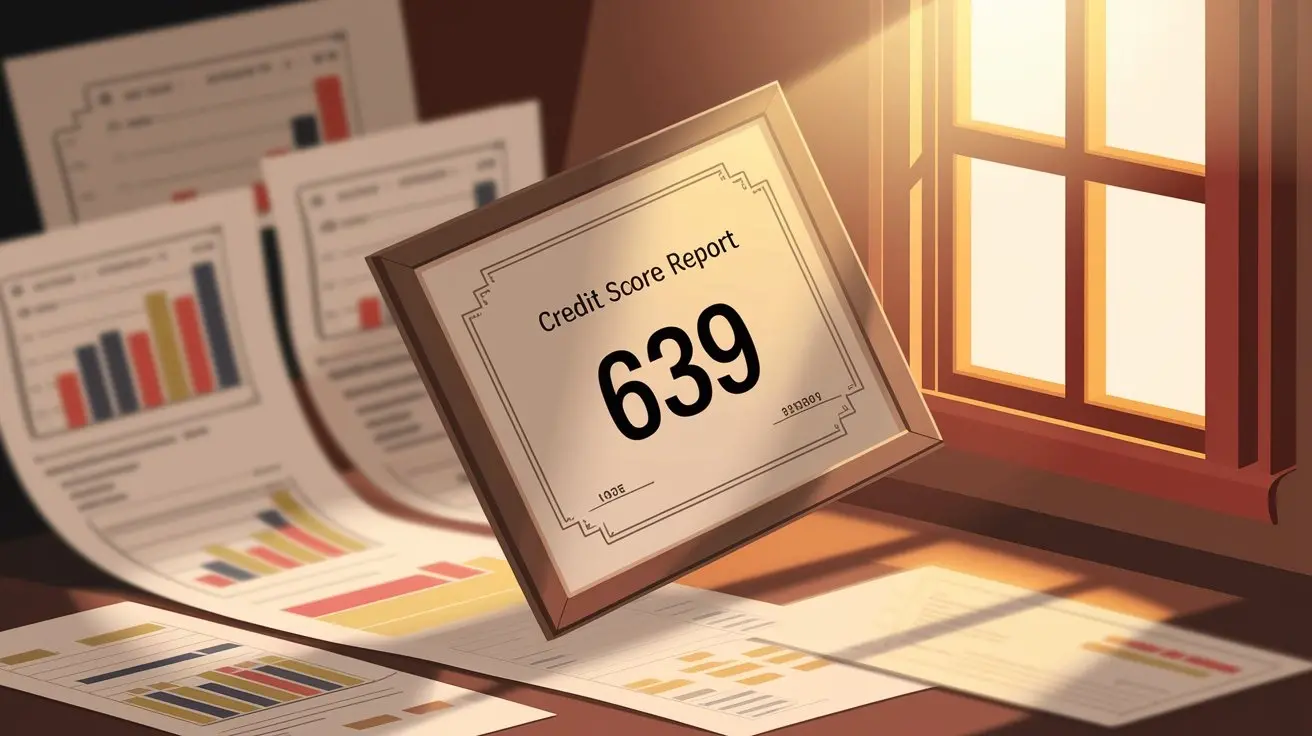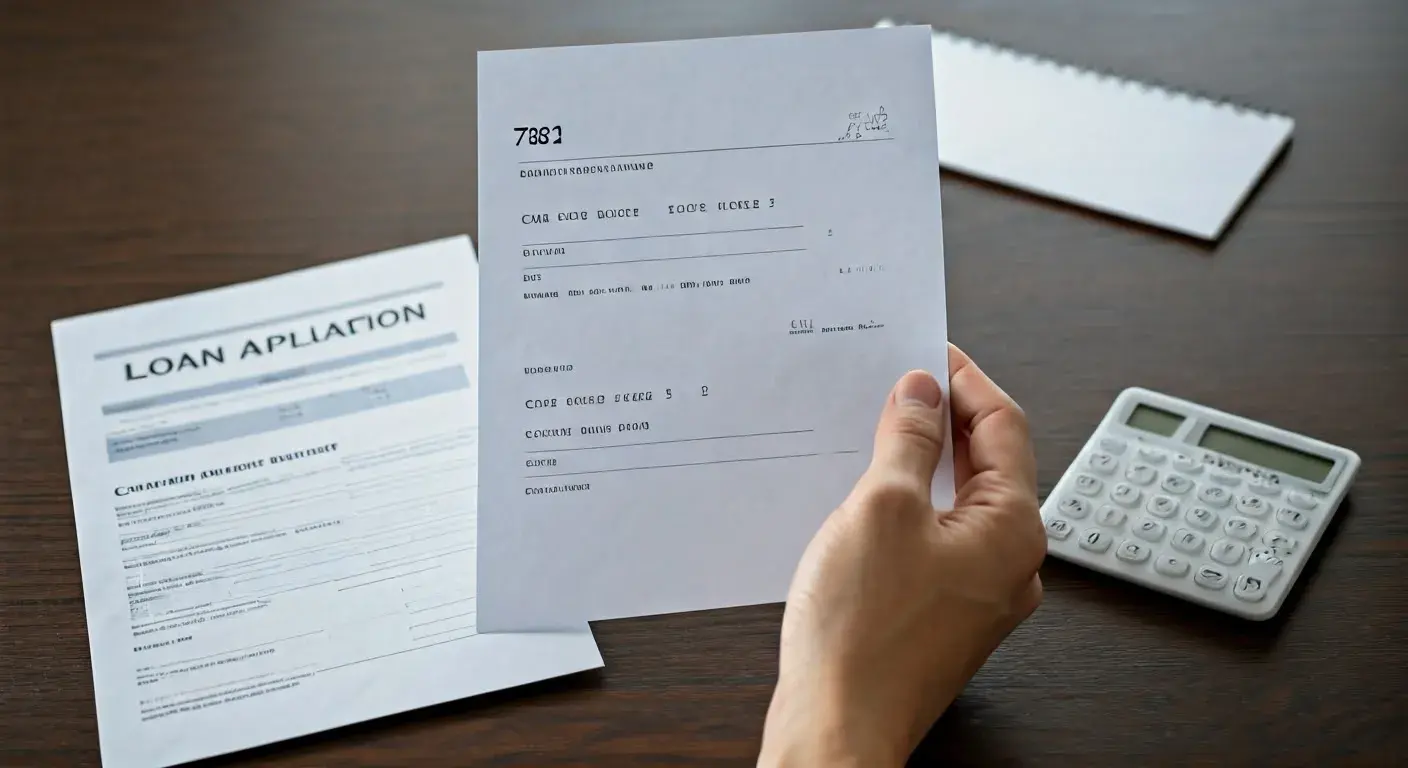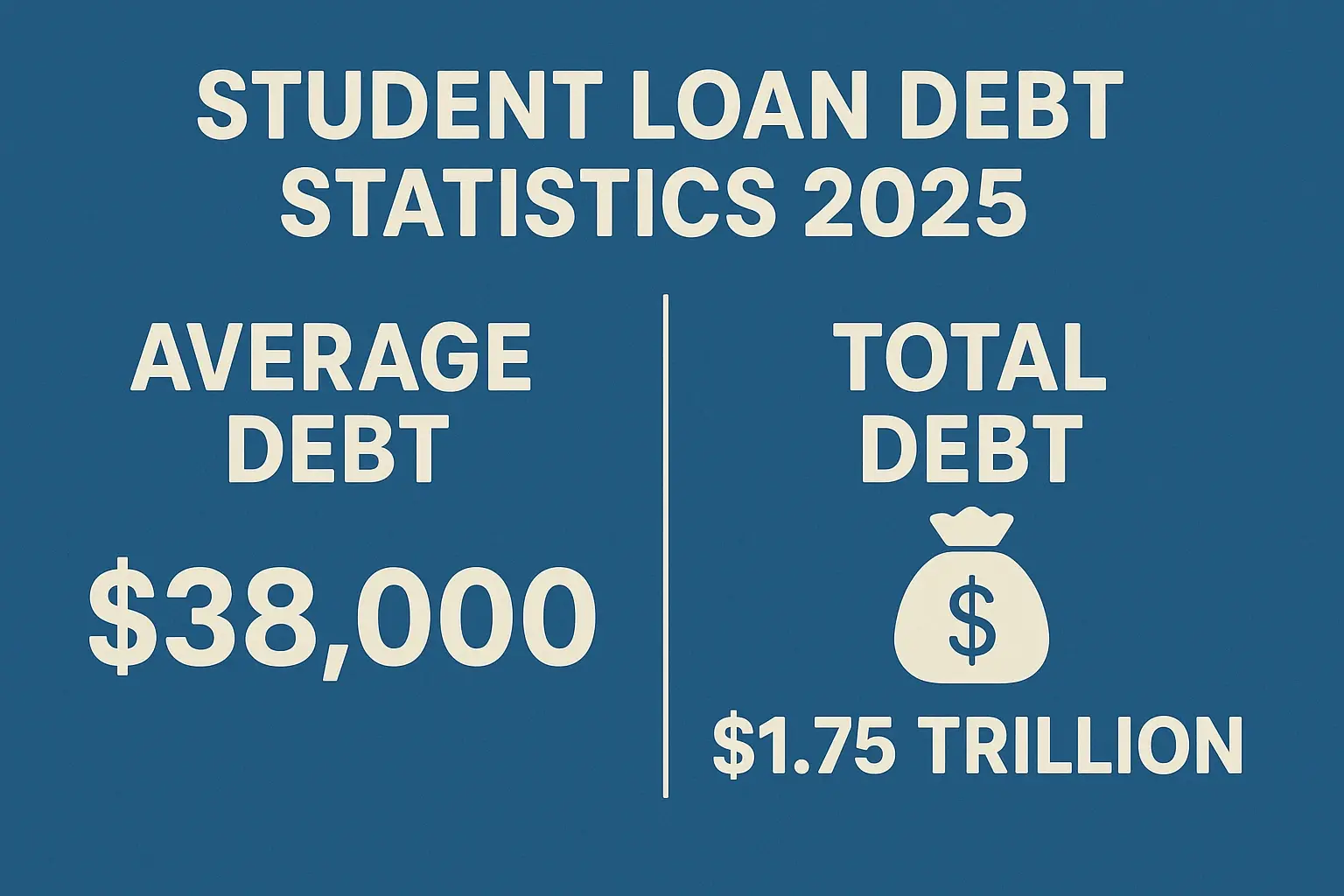-
Posted on: 25 Jul 2024

-
A low credit score can significantly impact your financial life, making it harder to get approved for loans, mortgages, credit cards, and even rent an apartment. Understanding whether bad credit can be corrected or deleted is crucial for taking control of your financial future. This guide will explore the possibilities of repairing your credit, the common misconceptions, and the steps you can take to improve your creditworthiness.
Understanding Bad Credit and Its Impact
Bad credit typically stems from a history of missed payments, high credit utilization, defaults, bankruptcies, or other negative marks on your credit report. These factors are assessed by credit bureaus (Experian, Equifax, and TransUnion) and translated into a numerical credit score, such as FICO or VantageScore. A lower score indicates higher risk to lenders.
The consequences of bad credit can be far-reaching:
- Higher Interest Rates: Lenders often charge higher interest rates to borrowers with poor credit, leading to increased borrowing costs.
- Loan Denials: You may be denied loans, mortgages, or credit cards altogether.
- Difficulty Renting: Landlords often check credit scores and may reject applicants with poor credit.
- Higher Insurance Premiums: Some insurance companies use credit scores to determine premiums.
- Employment Challenges: Some employers may check credit reports as part of the hiring process.
Can Bad Credit Be Deleted? The Reality
The question of whether bad credit can be "deleted" is a common one, and the answer is nuanced. Legitimate negative information generally cannot be deleted simply because you don't like it. However, there are circumstances where negative items can be removed from your credit report.
Negative Information and Reporting Timeframes
Credit reporting agencies are governed by the Fair Credit Reporting Act (FCRA), which dictates how long negative information can remain on your credit report:
- Late Payments: Typically remain on your credit report for 7 years from the date of the delinquency.
- Charge-offs: Generally stay on your credit report for 7 years from the date of first delinquency.
- Collections Accounts: Usually remain on your credit report for 7 years from the date of first delinquency on the original debt.
- Bankruptcies: Chapter 7 bankruptcies can stay on your report for 10 years, while Chapter 13 bankruptcies typically remain for 7 years.
- Foreclosures: Remain on your credit report for 7 years.
- Tax Liens: Unpaid tax liens can remain for up to 7 years (or longer, depending on the state). Paid tax liens used to be removed after 7 years, but the rules have changed, and they are now treated differently.
These timeframes are generally consistent across credit bureaus. Once the reporting timeframe expires, the negative item should automatically be removed from your credit report.
When Can Negative Information Be Removed Sooner?
While negative information typically remains for the specified duration, there are situations where it can be removed sooner:
1. Inaccurate Information
One of the most common reasons for removing negative information is inaccuracy. Under the FCRA, you have the right to dispute any inaccurate, incomplete, or unverifiable information on your credit report. This includes:
- Incorrect Account Balances: If the balance listed on your credit report is different from what you owe.
- Wrong Payment Dates: If the date of your last payment is incorrect.
- Accounts Not Belonging to You: If an account listed on your credit report isn't yours (potentially due to identity theft or a reporting error).
- Incorrect Account Status: If an account is listed as "late" when you made timely payments.
How to Dispute Inaccurate Information:
- Obtain Your Credit Reports: Get a copy of your credit reports from all three major credit bureaus (Experian, Equifax, and TransUnion). You can do this for free once a year at AnnualCreditReport.com.
- Identify Errors: Carefully review each report and highlight any inaccuracies.
- File a Dispute: Send a written dispute letter to each credit bureau, explaining the inaccuracies and providing supporting documentation (e.g., payment records, account statements). You can find sample dispute letters online.
- Credit Bureau Investigation: The credit bureau is required to investigate your dispute within 30 days (or 45 days in some cases).
- Outcome: If the information is found to be inaccurate, the credit bureau must remove or correct it. If the information is verified, it will remain on your report.
2. Unverifiable Information
Even if the information is technically accurate, it can be removed if the credit bureau cannot verify it. This means the creditor or lender must provide documentation to support the claim. If they fail to do so within the investigation timeframe, the information must be removed.
3. Outdated Information
As mentioned earlier, negative information has a limited reporting timeframe. If a negative item is older than the permissible timeframe, it should be automatically removed. However, sometimes errors occur, and outdated information may remain on your report. In this case, you can dispute the item to have it removed.
4. "Pay for Delete" (Proceed with Caution)
Some debt collectors may offer a "pay for delete" agreement, where they agree to remove the negative item from your credit report in exchange for payment. However, this practice is becoming less common, and it's not always guaranteed that the debt collector will follow through. Even if they do, the credit bureaus may not always honor the agreement.
Important Considerations:
- Get it in Writing: Always obtain a written agreement from the debt collector outlining the terms of the "pay for delete" arrangement.
- No Guarantee: Be aware that there's no guarantee the negative item will be removed, even if you pay.
- Potential Tax Implications: If you pay less than the full amount owed, the forgiven debt may be considered taxable income.
5. Goodwill Letters
A goodwill letter is a request to a creditor to remove a negative item (usually a late payment) from your credit report as a gesture of goodwill. This approach is most likely to be successful if you have an otherwise good payment history with the creditor and the late payment was a one-time occurrence due to extenuating circumstances (e.g., job loss, illness).
How to Write a Goodwill Letter:
- Identify the Creditor: Determine which creditor reported the late payment.
- Explain the Situation: Clearly explain the reason for the late payment, emphasizing any extenuating circumstances.
- Acknowledge Responsibility: Take responsibility for the late payment, but highlight your otherwise good payment history.
- Express Gratitude: Thank the creditor for their consideration.
- Keep it Concise: Keep the letter brief and to the point.
While goodwill letters are not guaranteed to work, they are worth trying if you have a legitimate reason for the late payment.
What You Cannot Do to Remove Negative Information
It's important to be aware of what you *cannot* do to remove negative information from your credit report:
- Changing Your Identity: Trying to create a "new identity" to erase your credit history is illegal and ineffective.
- Filing False Police Reports: Filing a false police report claiming identity theft to remove legitimate debts is illegal and unethical.
- Using Credit Repair Companies That Promise Miracles: Be wary of credit repair companies that promise to erase all negative information from your credit report. Many of these companies make false promises and may engage in illegal practices.
Credit Repair Companies: Proceed with Caution
Credit repair companies can help you dispute inaccuracies on your credit report and negotiate with creditors. However, it's important to choose a reputable company and understand your rights.
Red Flags to Watch Out For:
- Upfront Fees: Avoid companies that charge high upfront fees before providing any services.
- Guarantees of Success: Be wary of companies that guarantee they can remove all negative information from your credit report.
- Requests for Confidential Information: Be cautious about sharing sensitive information, such as your Social Security number and bank account details.
- Discouraging Direct Communication: Companies that discourage you from communicating directly with the credit bureaus or creditors may be engaging in shady practices.
You can often perform the same credit repair tasks yourself for free by disputing inaccuracies and negotiating with creditors directly.
Building Positive Credit Habits
While correcting or deleting negative information is important, it's equally crucial to establish positive credit habits. This includes:
- Paying Bills on Time: Making timely payments is the most important factor in building a good credit score.
- Keeping Credit Utilization Low: Aim to keep your credit utilization (the amount of credit you're using compared to your credit limit) below 30%.
- Diversifying Your Credit Mix: Having a mix of different types of credit (e.g., credit cards, installment loans) can improve your credit score.
- Avoiding Applying for Too Much Credit at Once: Applying for multiple credit accounts in a short period can lower your credit score.
The Importance of Patience and Persistence
Improving your credit score takes time and effort. It's not a quick fix. Be patient, persistent, and focus on establishing positive credit habits. Over time, your credit score will gradually improve.








